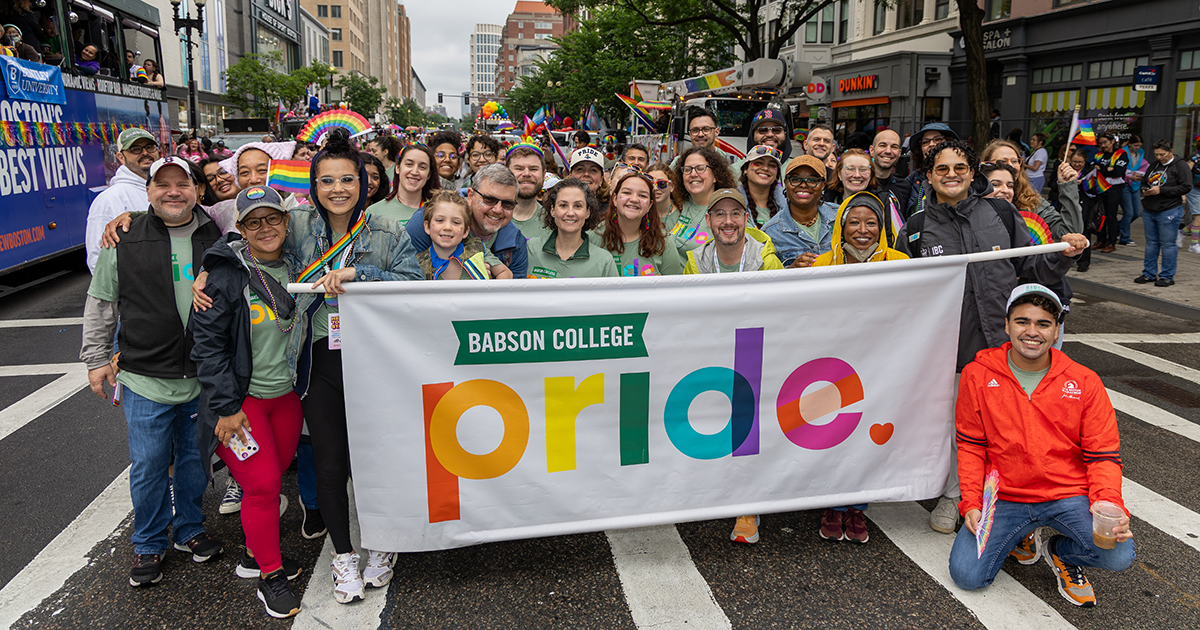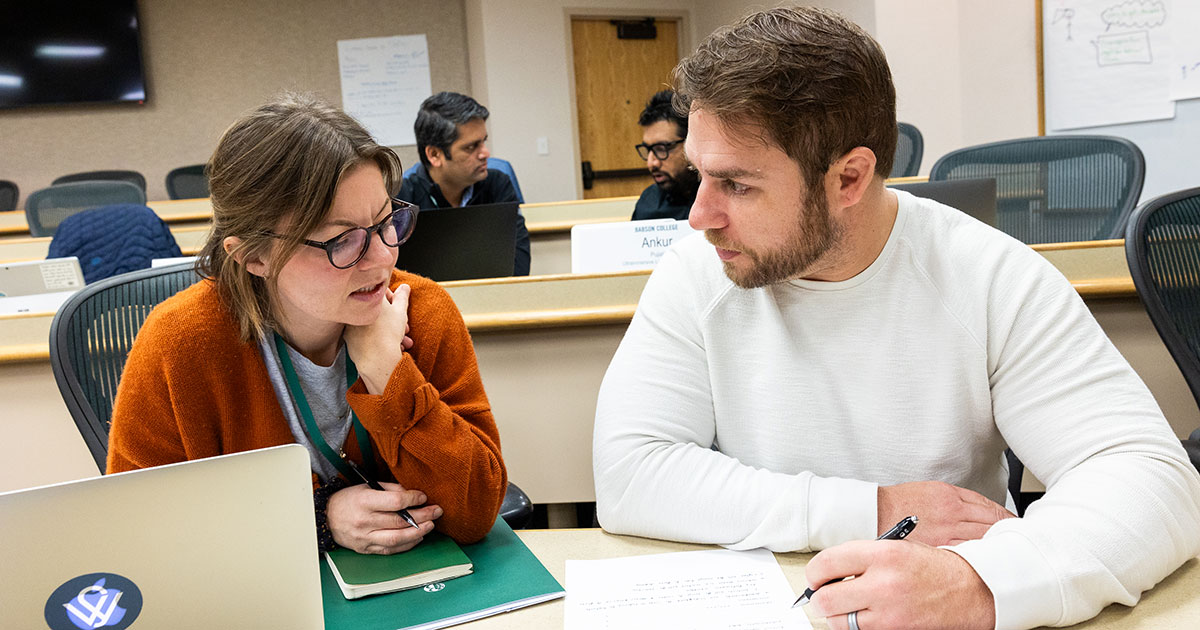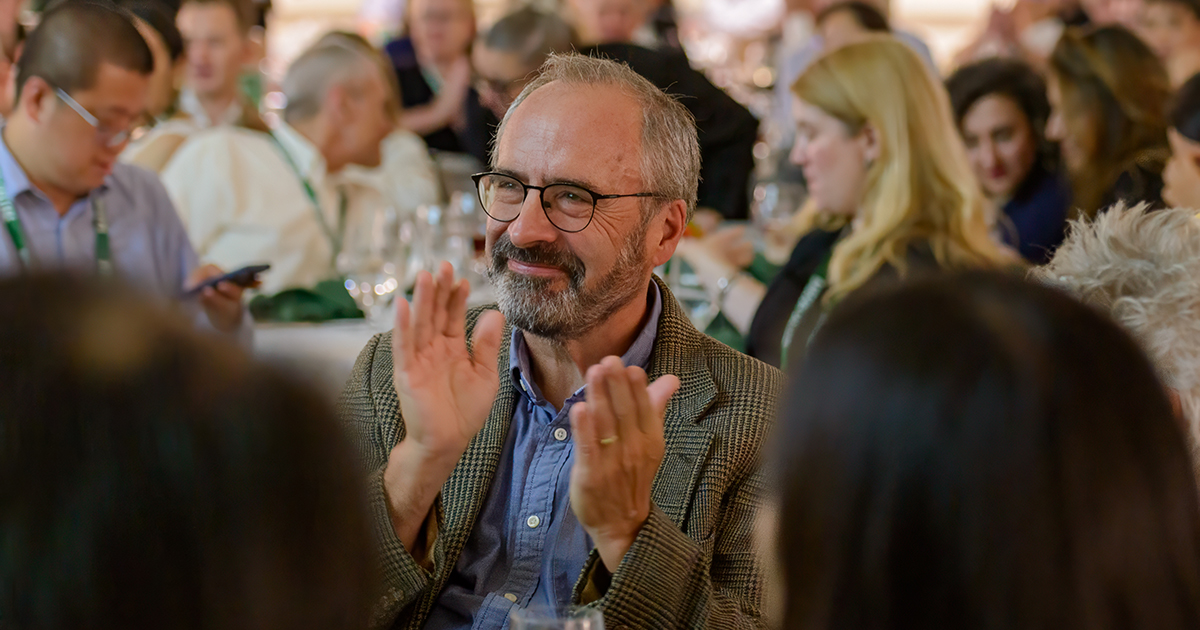How to Manage Collaborative Overload

Are you experiencing collaborative overload?
The collaborative intensity of work has exploded in the past decade. Why? Companies have transitioned to matrix-based structures, increased complexity of products and services, and allowed email and collaborative tools to proliferate. There are certainly positive outcomes from this new way of working: companies more seamlessly serve demanding clients, and individuals are able to craft jobs with meaning. But, an unmanaged and significant consequence of this new landscape is the unabating work load. Collaborative time demands have risen more than 50 percent in the past decade—most knowledge workers or leaders spend 85 percent or more time in a given week on email, in meetings, and on the phone.
Collaborative overload places an enormous, invisible cost on organizations and people. Communication and decision-making gridlock slows organizational agility and diminishes employee engagement. Innovation and creativity falter as employees become reactive and have no space to think or explore. And, employee effectiveness suffers, as does their well-being and engagement. For decades, the most significant driver of voluntary turnover has been the inability to get connected. Today, just as many people are leaving organizations to escape overwhelming and unmanageable collaborative demands and network overload.
Looking Under the Hood
During the past eight years, my team has conducted quantitative and qualitative research to help understand and address this critical issue. First, we employed social network analysis to quantify the demands and costs of these collaborative interactions. Second, we conducted 60- to 90-minute interviews at 20 organizations, ranging from software to consumer products to professional services to manufacturing and government contractors. At each company, we spoke with a man and a woman in each of the the following categories: senior leaders, manager of managers, first-line leaders, and individual contributors—160 interviews in total.
This yielded a holistic and rich perspective on the way employees experience and address collaborative overload. What we learned was uncomfortable. Although technology, demanding bosses, needy clients, and inefficient co-workers were problematic, for most of us these time drains are matched by another enemy—ourselves. While there is undeniably a more demanding reality today, much of the problem is driven by how we decide to structure that reality or let others dictate our calendars and to do lists. The good news is that some people manage collaboration demands well. These people are not doing anything heroic. Typically just five or six things differently that enable them to claw back 18-20 percent of their collaborative time.
The first lesson our research revealed is that we have far more control over our work and choices than we sometimes think. Almost universally, people in our research told us stories of making profound changes to the structure of their lives—putting up boundaries to work; anchoring in outside work groups and saying “no more.” They did so with great trepidation, only to discover that the negative backlash they’d feared was nowhere to be found.
Unfortunately, most of us have deeply (and often unconsciously) rooted identities as high-performing workers. That’s where we get into collaborative overload trouble. We begin to believe that we do not have alternatives to the current work patterns we created. We even believe those patterns have contributed to our success. In reality, these work patterns are unsustainable and lead us to collaborative overload. We feel trapped, but fail to realize that we created the traps that hold us hostage. As a result, we gradually deceive ourselves into thinking the external is acting on us and driving our overload. To step out of these traps, we must act; changing our circumstances rather than feeling acted upon by them.
For example, one person we spoke with had recently installed some boundaries around their work life. They shared: “People adapted around me immediately. To be honest, it made me wonder why I didn’t do this a year ago. It has made a big impact on my happiness. It was also shocking to understand how little people actually needed me and how quickly they discovered ways they could work around me.”
The second lesson is that addressing the problems often takes a series of subtle shifts in behavior—giving 50 percent of the time people ask for; running meetings in a more structured way; using email less and more carefully; managing calendars more strategically and holistically; learning that saying yes to something automatically means saying no to something else—work, professional goals, personal aspirations, family, etc. Often these incremental shifts lead to exponential benefits, but we think it takes much time or effort to overcome the overload.
There is no one silver bullet. No single technology, management practice or self-help principle solved the problem for all of our interviewees. The needs people have differ by hierarchical level and work context. But, the problem is not intractable. The trick is to proactively focus on a set of high-impact beliefs and behaviors across four domains:
- Beliefs and Values: How do identity and our relationship to work and our network create collaborative overload?
- Cognitive Practices: How do efficient collaborators think about their work and network?
- Behavioral Practices: How do efficient collaborators shape interactions with others in their network?
- Structural Practices: How do efficient collaborators structure work to minimize unproductive collaborations?
Expecting employees to juggle the many daily requirements of their jobs and collaborate more is a recipe for burnout. Proactive leaders and teams remove inefficient collaboration and meetings and send an important signal: employees need not choose between meaningful engagement at work and collaborative overload.
Posted in Insights






